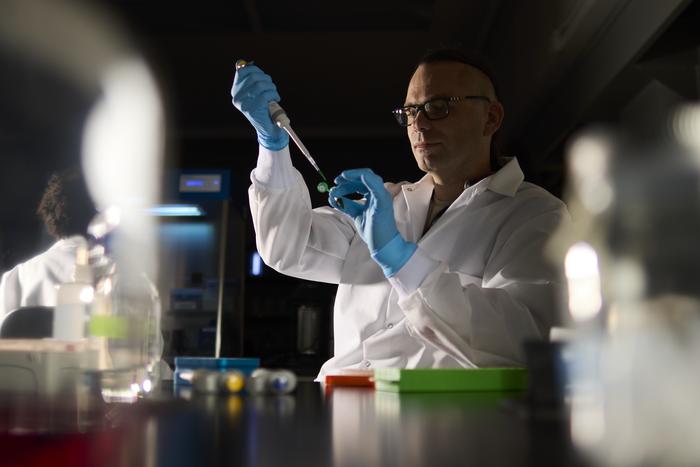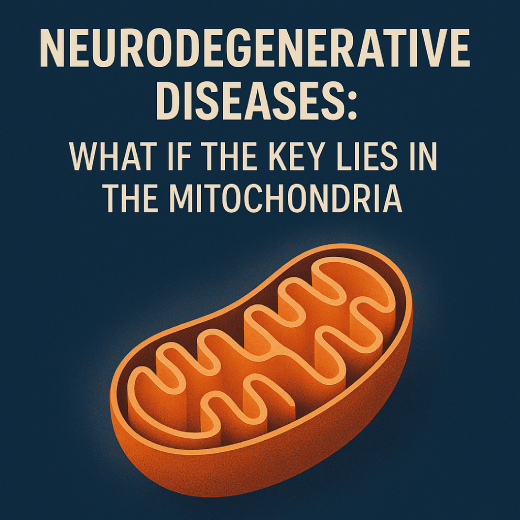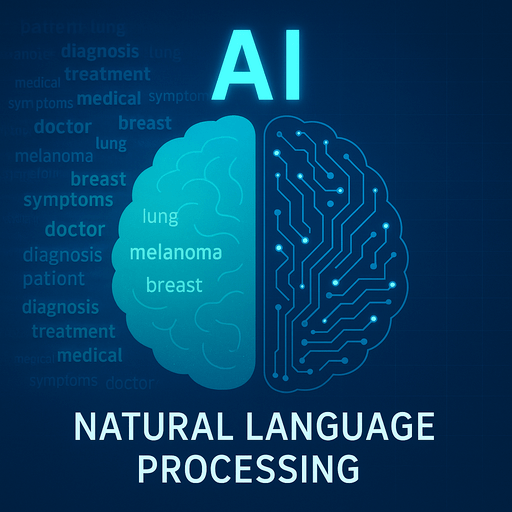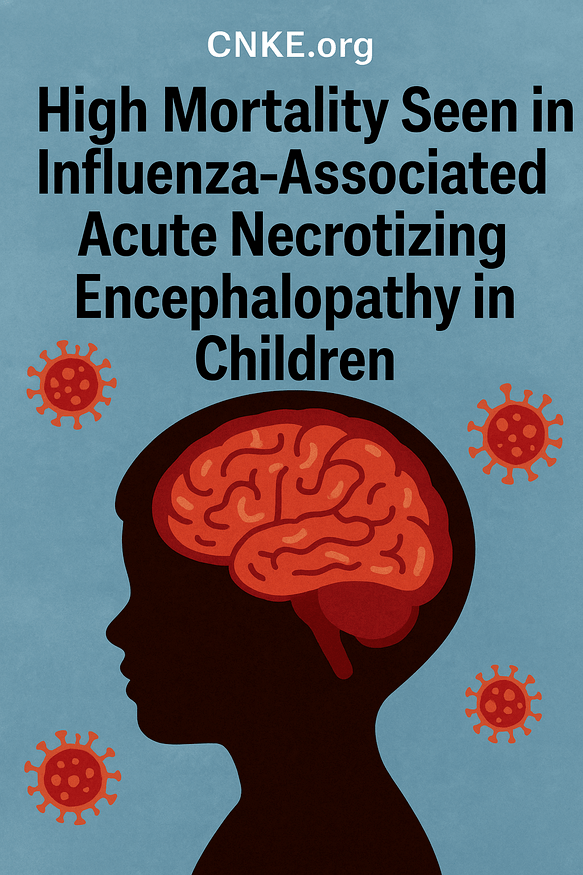A groundbreaking study offers fresh insight into the biological underpinnings of autism spectrum disorder (ASD), using a rare neuromuscular disease as a model to illuminate critical pathways in brain development.

The study, led by geneticist Dr. Łukasz Sznajder, revealed that a mutation in the DMPK gene—long known to cause myotonic dystrophy—can disrupt the expression of multiple autism-related genes during brain development. Rather than the autism-risk genes being mutated themselves, the disruption occurs downstream at the RNA splicing level, a crucial biological editing process.
“We identified a new pathway that can lead to autism,” said Dr. Sznajder. “We found that a genetic mutation in a certain gene can disrupt the expression of multiple autism-related genes during brain development, causing autism.”
The mutated DMPK RNA behaves aberrantly, soaking up proteins from the muscleblind-like (MBNL) family. These proteins normally guide proper RNA splicing—a process essential to the correct development of muscle and brain tissue. Their depletion leads to mis-splicing of critical autism-risk genes, resulting in traits characteristic of autism such as restricted interests, repetitive behaviors, and social interaction difficulties.
Dr. Rochelle Hines, UNLV neuroscientist and co-author, emphasized the significance of this splicing mechanism:
“The autism-risk genes, themselves, are not mutated in myotonic dystrophy, but affected somewhere downstream in the splicing process—resulting in the characteristic features of autism.”
Pooling resources across institutions, the researchers integrated human and mouse brain samples, genetic constructs, cell lines, behavioral testing of mice models, and multiple autism-relevant datasets. The strength of this multidisciplinary effort reflects the timeless value of international collaboration in scientific discovery.
Importantly, the study draws attention to the broader phenomenon of comorbidity in ASD. Approximately 95% of individuals with autism are reported to have additional symptoms or associated conditions, with myotonic dystrophy now being better understood as one such intersecting disorder.
“Are there any other neurological diseases that could help us understand the cause of autism more?” asked Dr. Sznajder. “This is but a particular piece in the puzzle of autism, and it’s super exciting to see curiosity rewarded.”
The authors view this discovery as a pivotal step toward identifying therapeutic targets not only for myotonic dystrophy but also for subtypes of autism with similar underlying biological mechanisms.
Publication Details
-
Title: Autism-related traits in myotonic dystrophy type 1 model mice are due to MBNL sequestration and RNA mis-splicing of autism-risk genes
-
Journal: Nature Neuroscience
-
Date: April 21, 2025
-
Authors: Łukasz Sznajder, Mahreen Khan, Adam Ciesiolka, Mariam Tadross, Curtis A. Nutter, Katarzyna Taylor, Christopher E. Pearson, Mark H. Lewis, Maurice S. Swanson, Krzysztof Sobczak, Rochelle Hines, Ryan K. C. Yuen.
-
Link: Read the article here
Cover image: Plaża (1950) - Marek Włodarski







